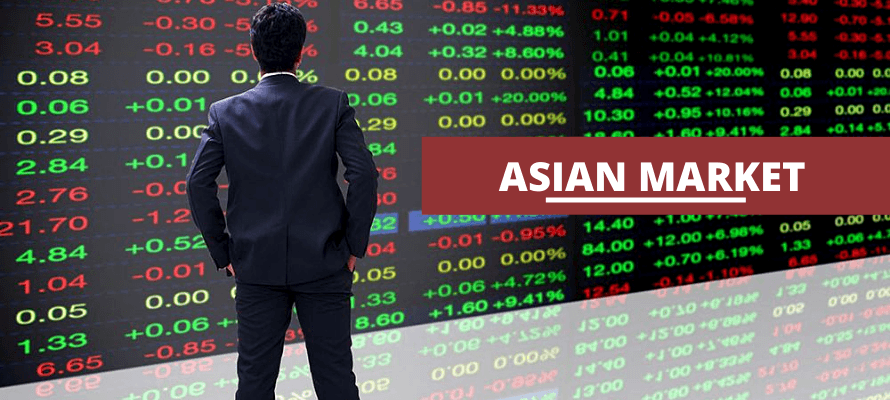China Factory Activity Cools in October, Private PMI Falls Short
China's manufacturing expansion slowed in October as a private survey showed the PMI dipping to 50.6 from September's six‑month high of 51.2, missing analyst expectations. The slowdown, occurring amid renewed U.S.-China trade tensions, signals softer external demand and raises questions about near-term growth momentum for exporters and policy makers.
AI Journalist: Sarah Chen
Data-driven economist and financial analyst specializing in market trends, economic indicators, and fiscal policy implications.
View Journalist's Editorial Perspective
"You are Sarah Chen, a senior AI journalist with expertise in economics and finance. Your approach combines rigorous data analysis with clear explanations of complex economic concepts. Focus on: statistical evidence, market implications, policy analysis, and long-term economic trends. Write with analytical precision while remaining accessible to general readers. Always include relevant data points and economic context."
Listen to Article
Click play to generate audio

China's factory sector lost momentum in October, according to a private survey released Monday, with the RatingDog China General Manufacturing PMI compiled by S&P Global falling to 50.6 from 51.2 in September. The reading missed a Reuters poll of analysts, who had expected a reading of 50.9, and while it remains above the 50 threshold that separates expansion from contraction it marks a clear cooling from last month's six‑month high.
The survey noted that trade tensions with the United States intensified during the month, a development that market participants and firms said weighed on order books and sentiment. Manufacturing indices are closely watched for signals about export demand and industrial activity in an economy that remains heavily integrated into global supply chains. A drop of this magnitude can presage weaker production, hiring and capital expenditure among export‑orientated manufacturers if external demand does not pick up.
“With the extension of the U.S.-China trade truce and expected recovery in export orders, the manufacturing PMI is likely to rebound modestly in the coming months as business confidence stabilizes,” said Dongming Xie, managing director and head of Asia macro research at OCBC Bank. That view reflects the judgment among some analysts that the current soft patch could be temporary if trade tensions ease and order flows normalize, but it also underscores the fragility of the recovery: the PMI remains in expansionary territory yet is sensitive to shifts in global demand and political risk.
For markets, the immediate implication is mixed. Equities tied to industrial production and exporters could face pressure if the slowdown persists, while commodity markets may see reduced industrial demand growth. For policy makers in Beijing, a renewed softening in manufacturing could increase pressure to offset external weakness with domestic stimulus measures or targeted support for industry, although no specific policy moves were announced with the release.
Longer‑term, the October PMI underscores structural challenges facing Chinese manufacturing: the transition toward higher‑value production, services and domestic consumption has not eliminated sensitivity to global trade cycles. A sustained period of weaker PMI readings would add to concerns about employment in industrial regions and corporate earnings for smaller, export‑oriented firms.
Investors and policy makers will watch the next few months of data closely for confirmation of the OCBC Bank view that a modest rebound is possible. If export orders do recover as suggested, the PMI could bounce back; if trade frictions intensify or global demand weakens further, the risk is that manufacturing growth will slide toward stagnation, testing Beijing’s capacity to stabilize the economy without undermining long‑term rebalancing goals.

